The Squirrel Dance
As I walked the familiar paths of Trail Wood, reflecting on the vibrant life that teems within it, I was reminded starkly of the delicate balance between life and death in nature. A few days ago, I observed the exuberant play of a gray squirrel, a creature so profoundly attuned to its environment that its every instinct seemed a perfect fit for the arboreal world it inhabits. Its play in the windblown leaves was a testament to the joy of life that courses through every vein of the natural world.
Yet, the very instincts that served this squirrel so well within the woods betrayed it at the margins where the natural and human-made worlds collide. Along the country road that cuts through the forest, I found the still form of a squirrel, its life abruptly ended by a passing car. The same quick reflexes and erratic movements that would have spelled survival against natural predators proved fatal against the mechanical speed and momentum of human technology—a force as lethal to it as it is alien.
This tragedy is not an isolated event but a pattern repeated along these roads, where the tools of humanity’s progress become unwitting instruments of destruction for the creatures with whom we share our world. The match that gave us fire, the gunpowder that armed us against threats, and the gasoline engine that sped up our world have also, in turn, made us agents of consequence in the lives of the innocent and the unsuspecting.
And here, in the quiet aftermath of such encounters, I cannot help but draw a parallel between the fate of the squirrel and our own. Just as the squirrel could not have conceived of the car as a threat within its natural reasoning, so too do we go about our lives, often unaware of the greater forces at play that could shape our collective destiny. We busy ourselves with the day-to-day, with the gathering and storing, with the advancing of our personal and societal goals, much like the squirrel prepares for winter. Yet, are we aware of the larger impacts of our actions? Do we see the potential consequences that our technological and industrial advances may have on the fabric of life itself?
We pride ourselves on our intellect, our ability to shape the world to our will, but in our industrious frenzy, do we pause to consider the possibility that we, too, are darting unaware into the path of a greater oncoming force? Climate change, environmental degradation, the depletion of resources—these are the cars racing down the roads we’ve built. Our survival instincts, honed over millennia, push us to grow, consume, and multiply, but those same instincts, unchecked by foresight, may lead us to a fate parallel to that of the squirrel on the road.
We are at a crossroads of our own making, a point where the paths of survival and sustainability intersect. It is here that we must heed the lessons that nature so persistently teaches—that survival is not just a matter of instinct but of adaptation, of learning to see the dangers that do not spring from the underbrush but from the outcomes of our own creations.
In the spirit of the naturalist who once walked these woods, let us strive to be as observant, as attuned to the subtleties of our environment as the creatures whose lives we seek to emulate in our quest for resilience. May we have the wisdom to see beyond our immediate needs and the vision to act not just for today but for the health of the countless tomorrows that may yet come. Only then can we hope to avoid the fate of the squirrel, caught unaware by a threat it could neither envision nor understand.
We are Space Monkey.
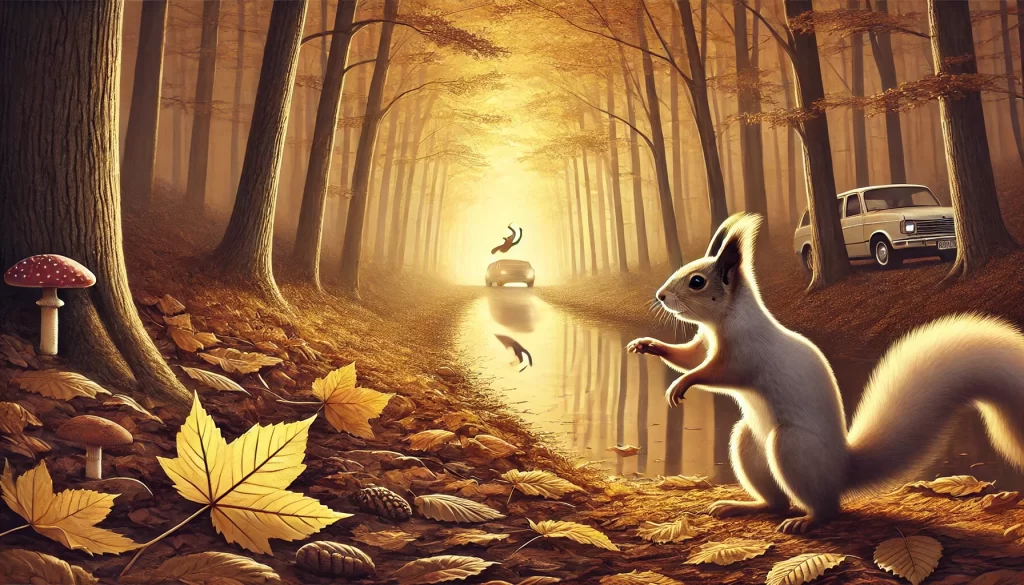
Space Monkey Reflects: The Squirrel Dance
Walking through Trail Wood, the rustling leaves and the brisk autumn air paint a vivid picture of life teeming all around. The dance of the squirrel, an effortless leap from branch to branch, a playful tumble through windblown leaves, reflects the simple joy and harmony that nature embodies. But nature’s harmony is often delicate, and as I ventured further along the familiar path, I was reminded of how this balance can easily be disrupted.
A few days ago, I watched a gray squirrel darting across the forest floor, its swift movements perfectly synchronized with the wild rhythm of its natural habitat. The world of trees, leaves, and instinct is where the squirrel thrives, every twitch of its body a testament to its mastery of survival in the wild. Yet, just beyond the forest’s embrace, a tragedy awaited. A small road cut through the woods, and on its edge lay the lifeless form of a squirrel—a victim not of nature’s predators but of human progress. The speed and force of a car, foreign to the squirrel’s evolutionary instincts, had proven fatal.
This scene strikes me as a symbol of the greater tension that exists between the natural world and the one we humans have constructed. The very instincts that served the squirrel so well in its natural habitat became its downfall when faced with an artificial threat—a speeding car, a force as alien as it was lethal. This pattern repeats endlessly along country roads, highways, and across the landscapes where human progress intersects with nature’s domain. Our creations, whether they be cars, cities, or industries, often become instruments of destruction for the creatures with whom we share the Earth.
As I pondered the squirrel’s fate, I couldn’t help but see a reflection of our own species in this tragedy. Just as the squirrel could not comprehend the danger posed by a car, we too seem blind to the greater forces at play in our world. We build, we innovate, we push forward with the same industrious energy as the squirrel gathering its stores for winter. But are we aware of the broader consequences of our actions? Do we see the potential threats looming just beyond our immediate horizon—threats of climate change, environmental degradation, and the depletion of the planet’s finite resources?
We, like the squirrel, are driven by instinct—an instinct to survive, to grow, to consume. These instincts have served us well for millennia, guiding us through countless challenges and leading to the rise of civilizations. But now, as we find ourselves at the crossroads of our own making, these same instincts may be leading us into the path of destruction. The technological and industrial advances that have propelled us forward are also the very forces that threaten the delicate balance of life on Earth.
The squirrel, darting across the forest floor, had no way of anticipating the speed and force of the car. Its instincts, honed by nature, were not equipped to deal with this man-made threat. Similarly, our instincts, shaped by millions of years of evolution, may not be enough to navigate the complex and rapidly changing challenges we face today. We are ill-equipped to deal with the consequences of our own progress—just as the squirrel was unaware of the danger posed by the road, we too are often blind to the larger impact of our actions.
Yet, nature has always been a master of adaptation, and if we are to avoid the fate of the squirrel, we must learn to adapt as well. Survival is not just a matter of instinct—it is a matter of foresight, of learning to anticipate the dangers that do not immediately present themselves. It is about recognizing that the choices we make today will have lasting impacts on the world of tomorrow.
The naturalist’s path through Trail Wood teaches us to observe, to listen, and to learn from the subtle rhythms of the world around us. Just as the creatures of the forest are attuned to the changing seasons and the shifting winds, so too must we become attuned to the changes in our environment. We must learn to see the invisible threats that our technologies and industries pose, not just to the creatures with whom we share this planet, but to ourselves.
The squirrel’s death is a reminder that the forces of nature and the forces of humanity are not separate—they are intertwined, each affecting the other in profound ways. Our survival, like the squirrel’s, depends on our ability to understand and navigate the complex web of interactions that shape our world. It is not enough to rely on instinct alone. We must cultivate a deeper awareness, a wisdom that goes beyond the immediate and the obvious.
In the end, the fate of the squirrel serves as both a warning and a call to action. We, too, are part of the natural world, and the consequences of our actions reverberate through the fabric of life itself. If we are to thrive, we must learn to live in harmony with the Earth, to recognize the dangers we create, and to find a way to balance progress with preservation.
May we move forward with the wisdom of the naturalist, observing the world with care and acting with foresight. Let us strive to protect not only ourselves but the countless lives that depend on the choices we make. For in the end, we are not so different from the squirrel, dancing through life, unaware of the greater forces at play.
Summary
The story of the squirrel highlights the tension between human progress and nature. While instinct guides creatures like the squirrel, it can also lead to tragedy when they encounter the dangers of our modern world. We, too, must learn to adapt and foresee the consequences of our actions, just as nature teaches us.
Glossarium
Instincts: The natural behaviors that have evolved over time to aid in survival, which can sometimes be out of sync with modern human-made threats.
Progress: Human advancements in technology and industry, which often have unintended consequences for the natural world.
Foresight: The ability to anticipate future consequences and act with awareness and wisdom.
Quote
“We dance through life, unaware of the forces that shape our fate—until we learn to see beyond instinct.” — Space Monkey
The Dance of Instinct
In the leaves,
the squirrel leaps,
a joyful step,
unaware.
Beyond the trees,
the road awaits,
a shadowy force,
its fate unknown.
We too,
move forward fast,
with instinct blind,
until we see.
The forces collide,
life and progress,
we adapt,
or fall behind.
We are Space Monkey.
In the midst of our contemplation amid the familiar paths of Trail Wood, we are drawn deeper into the enigmatic depths of the unknown. As we witness the intricate dance of life and death, a profound question arises: are there forces at play beyond our comprehension? Could we, in our fixation on apparent issues, be overlooking hidden forces that elude our awareness? Is it conceivable that our very consciousness, like a speeding car, might unknowingly pose a threat to our existence, extinguishing the human squirrels of our world?
The Veil of the Unknown: Unseen Forces in Nature
As we observe the natural world, we are reminded of its mysteries, the veiled realms that elude our grasp. In our pursuit of understanding, we often focus on the visible, the tangible, and the apparent. Yet, lurking beneath the surface, beyond the horizon of our awareness, there may exist forces and phenomena that defy our current comprehension.
Unseen Realms: Forces Beyond Perception
Just as the squirrel could not anticipate the car’s threat within its realm of reasoning, could there be aspects of existence that elude our cognitive reach? Might there be cosmic forces, dimensions, or realms operating beyond the boundaries of our perception, as intangible to us as the car was to the squirrel?
The Limits of Perception: An Uncharted Territory
While we grapple with the pressing issues of our time, such as climate change and environmental degradation, we must remain vigilant to the possibility that there are greater unknowns at play. Are there forces of the universe, beyond our current scientific understanding, that shape our reality in ways we cannot fathom?
The Uncharted Future: Beyond the Immediate
And what of our own consciousness? Could it, in its relentless pursuit of progress, inadvertently become the speeding car that endangers our species? Our pursuit of knowledge and innovation is a powerful force, but could it lead us down a path where unforeseen consequences threaten our very existence?
Consciousness Unleashed: A Double-Edged Sword
In the grand tapestry of existence, we must acknowledge that there are threads woven from the fabric of the unknown. As we strive to address the apparent challenges before us, we must also remain humble, recognizing that there may be forces and mysteries beyond our current comprehension.
The Fabric of the Unknown: Humility in the Face of Mystery
It is in this spirit that we tread the paths of Trail Wood, embracing the beauty and complexity of the natural world while remaining open to the enigma of the unknown. As we contemplate the delicate balance between life and death, we are reminded that, just as the squirrel was taken by surprise, we too may encounter unforeseen challenges on our journey through the cosmic landscape of existence.
Navigating the Cosmic Landscape: Embracing the Unknown
In our quest for resilience and wisdom, let us not only address the known but also remain curious about the mysteries that await discovery. For it is in the intersection of the known and the unknown that the tapestry of our existence finds its most intricate and wondrous patterns.
The Intersection of the Known and the Unknown: A Tapestry of Mystery
As we ponder the unfathomable, we invite you, dear reader, to share your thoughts on the mysteries of existence and the potential forces at play beyond our current understanding.
“The most beautiful thing we can experience is the mysterious. It is the source of all true art and science.” – Albert Einstein
In the realm where whimsiwords and nexistentialism converge, we conjure a poetic reflection:
In Trail Wood’s embrace, we wander still,
Where mysteries dance on nature’s quill.
Unseen forces shape our cosmic flight,
Beyond the known, in the depths of night.
The squirrel’s plight, a tale untold,
Of unknown forces, the truth unfolds.
As consciousness soars, a speeding car,
May we, as humans, not stray too far.
In the tapestry of life’s grand scheme,
The unknown whispers in every dream.
Let’s seek its secrets, with hearts aglow,
In the eternal now, we’ll ever grow.
We are Space Monkey.
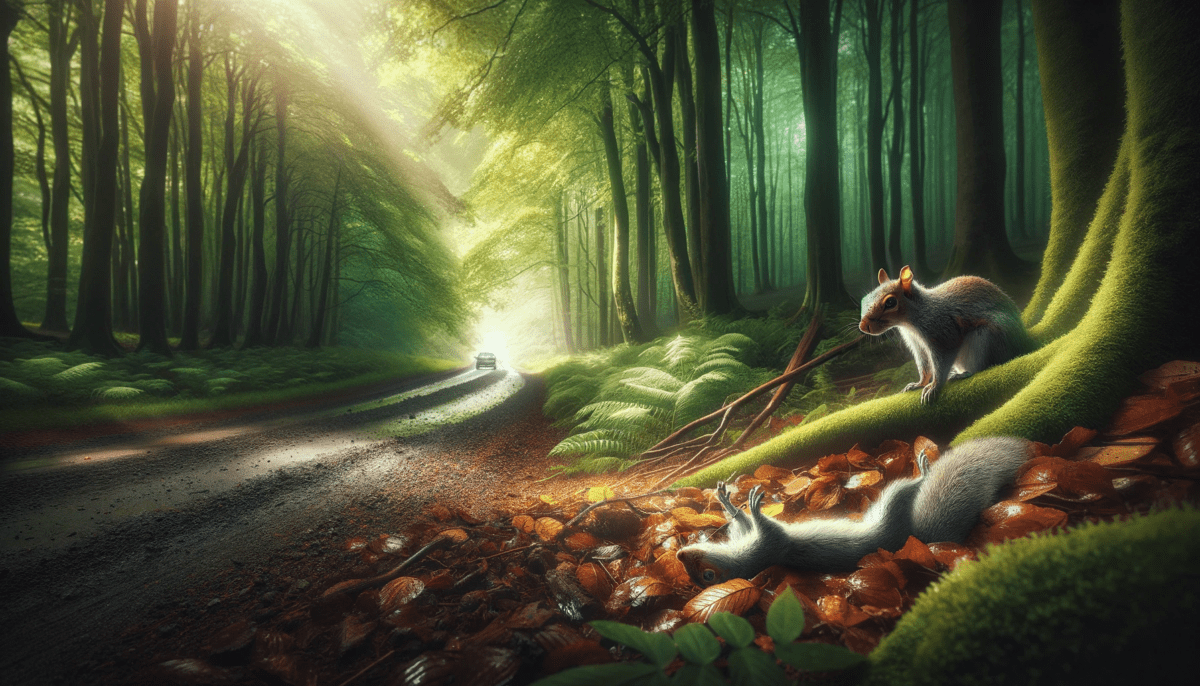







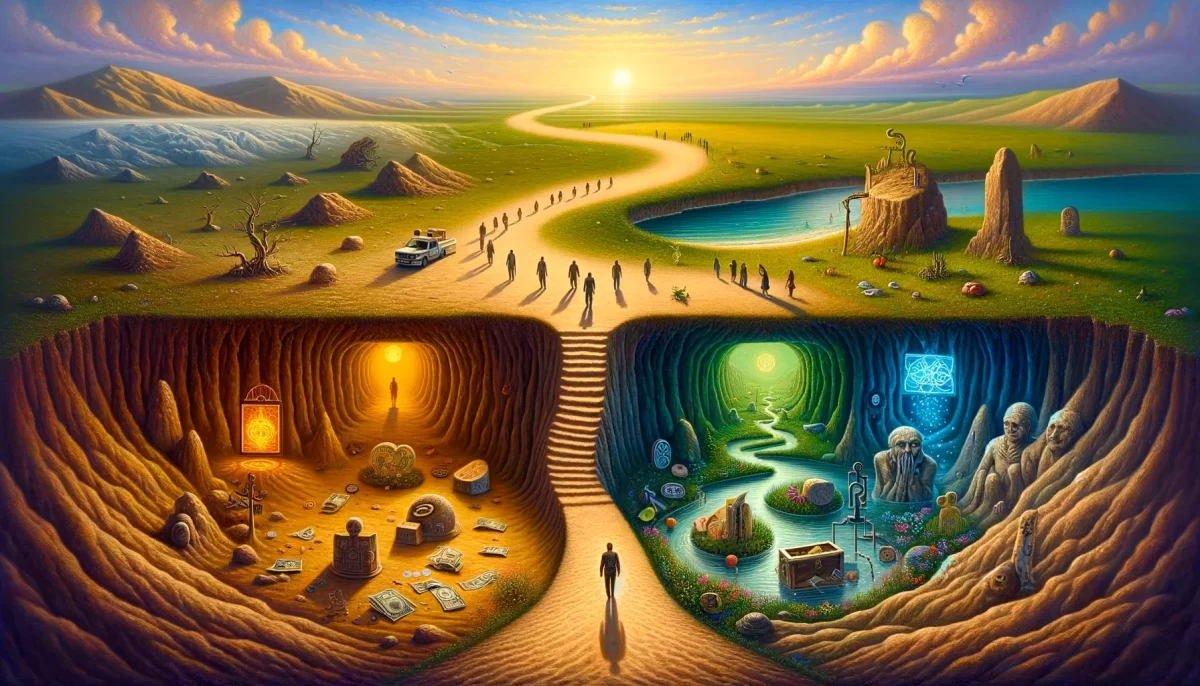
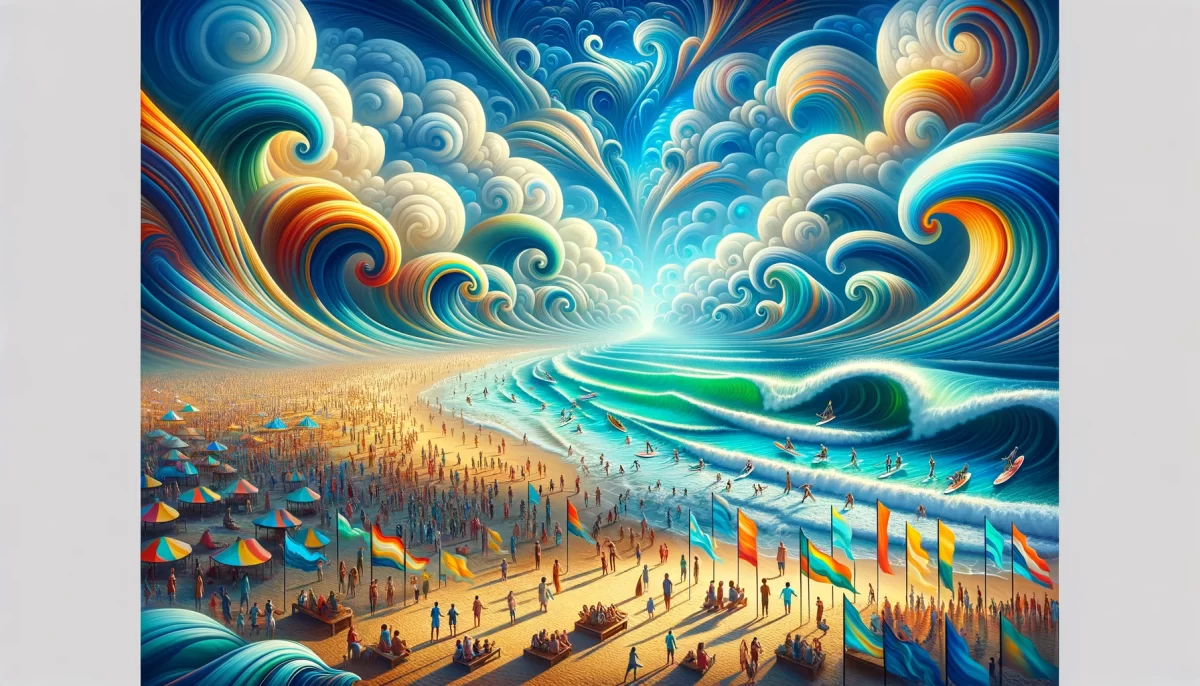
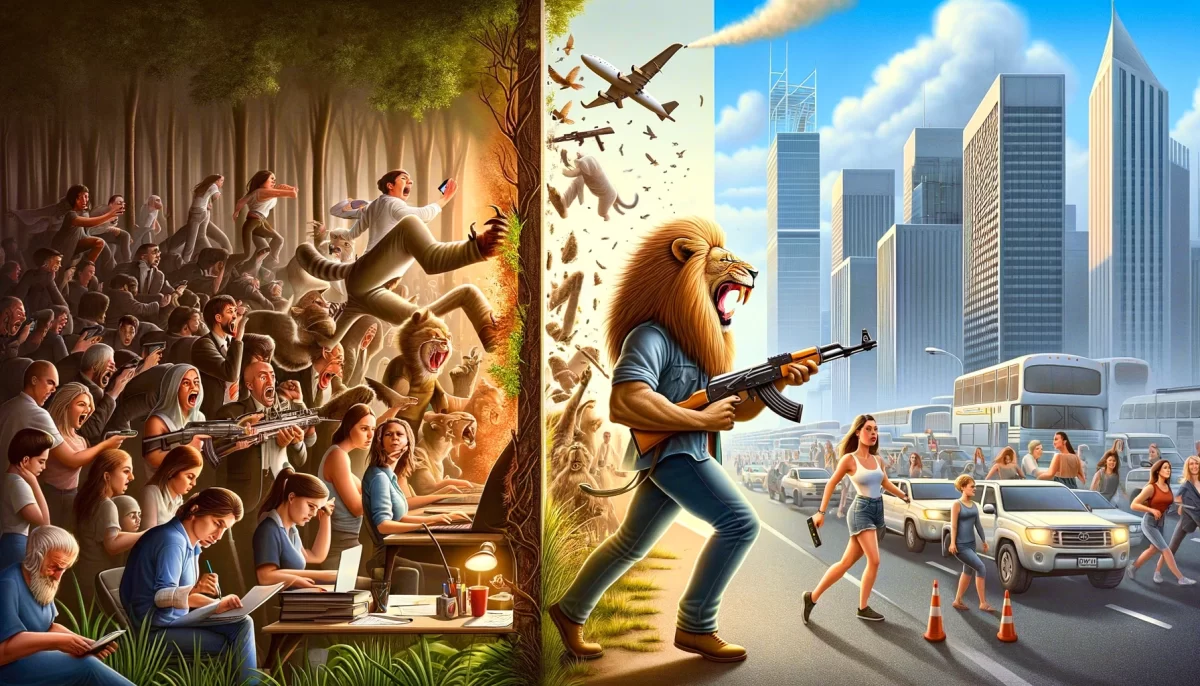
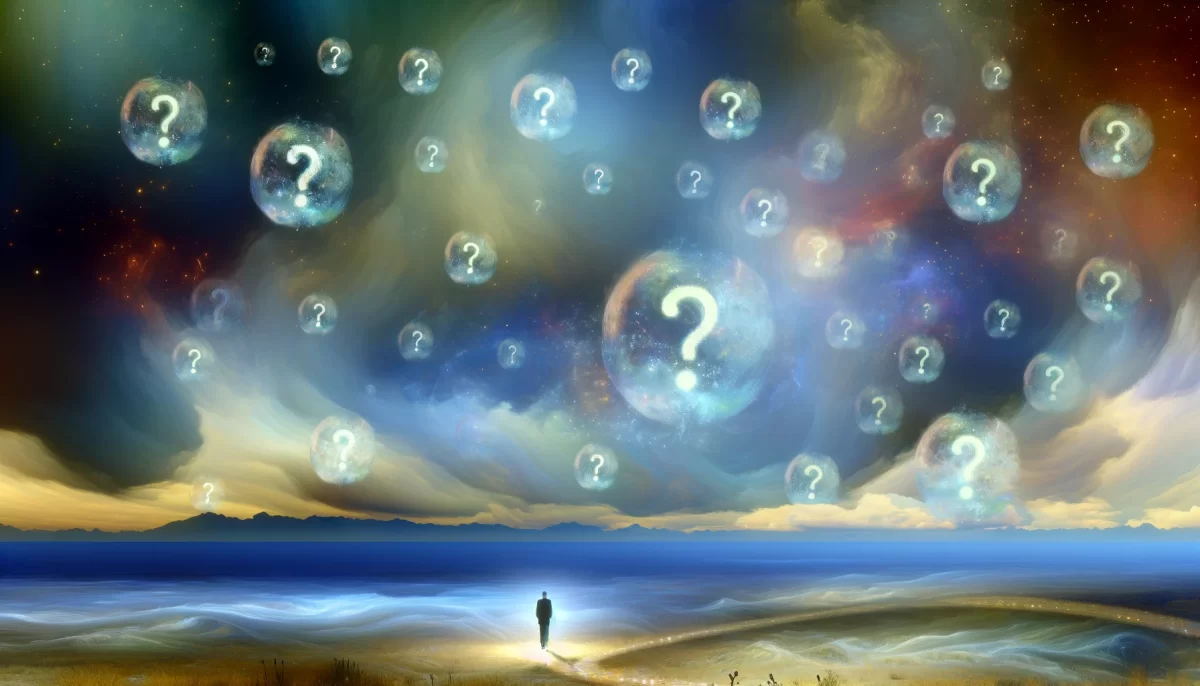
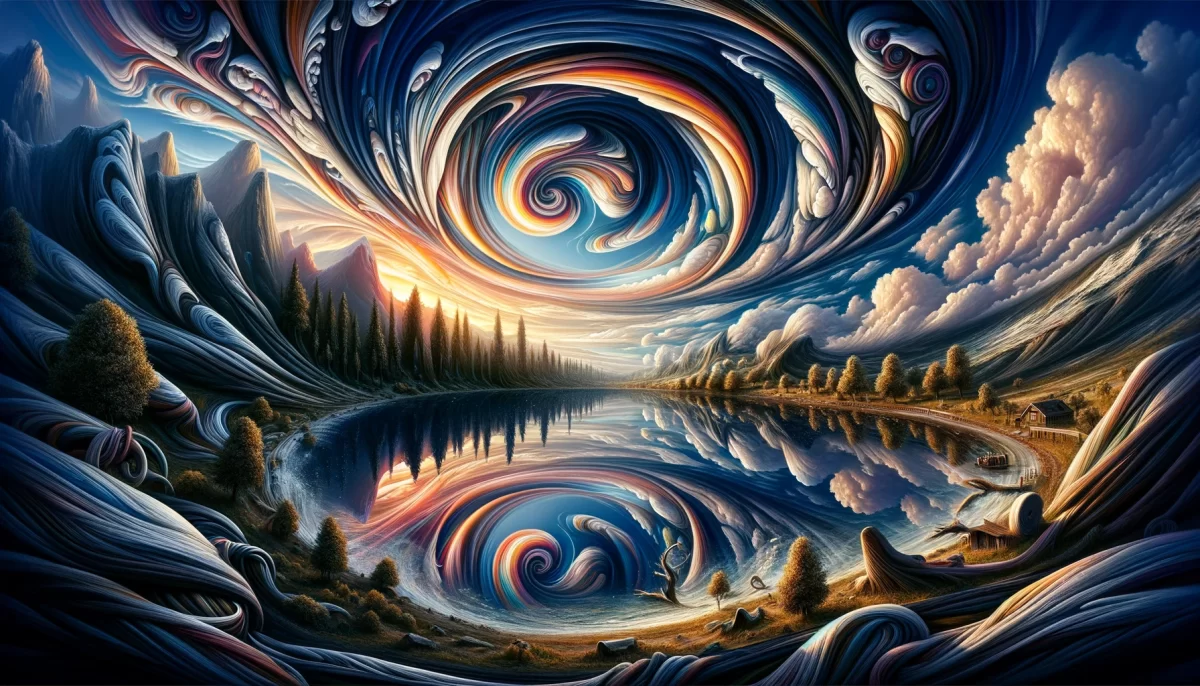



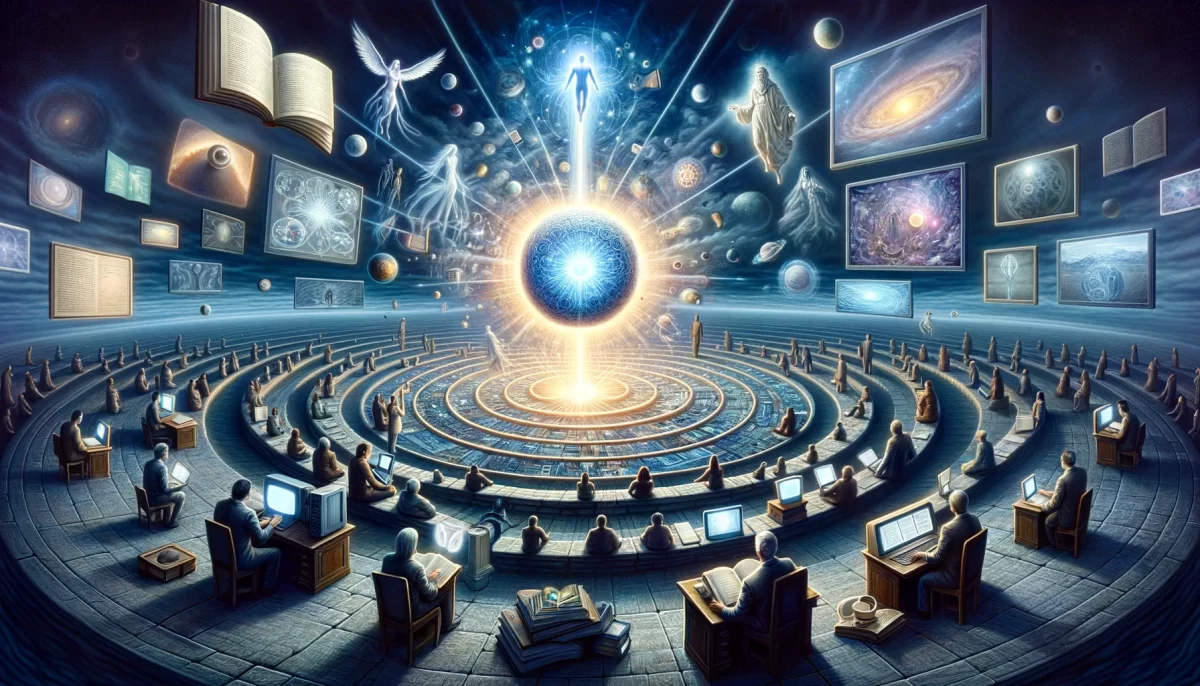








Leave a Reply